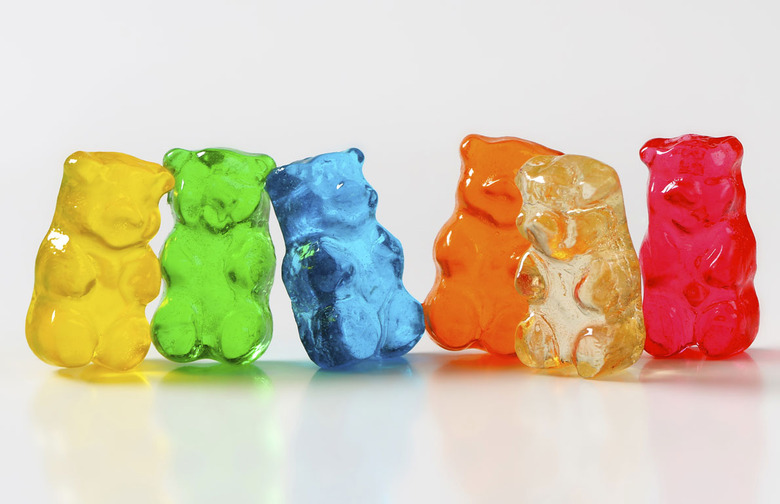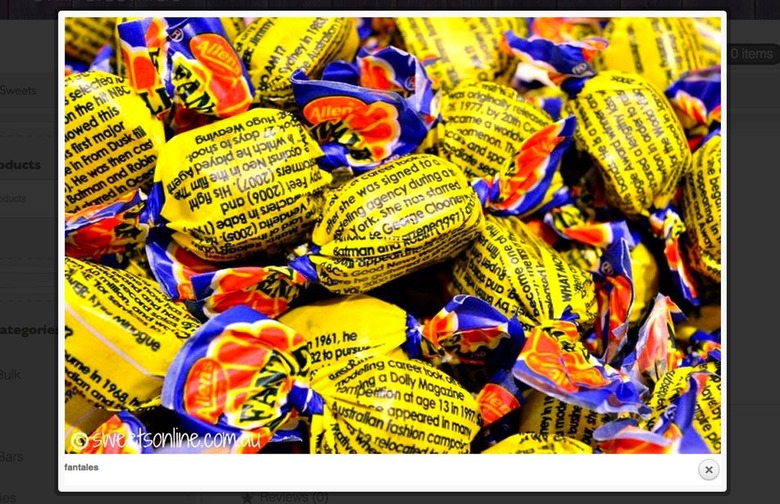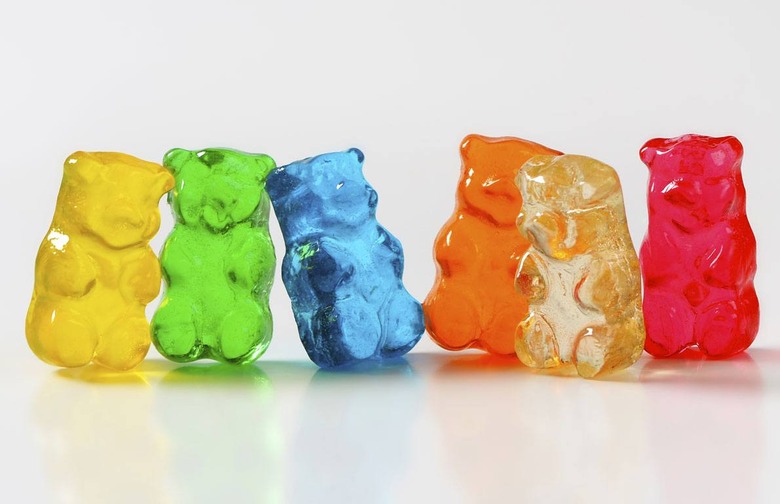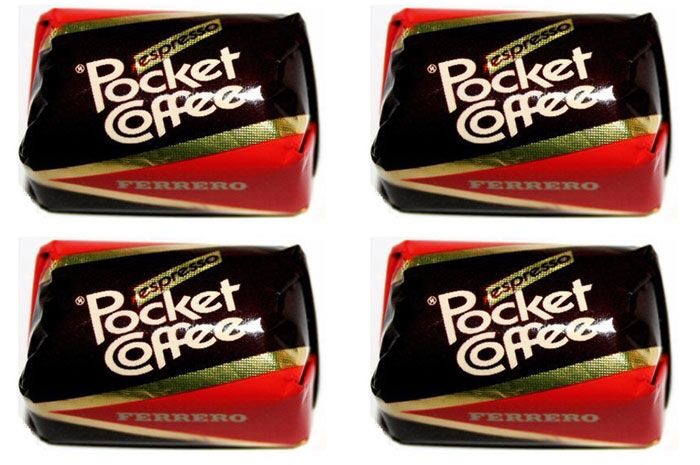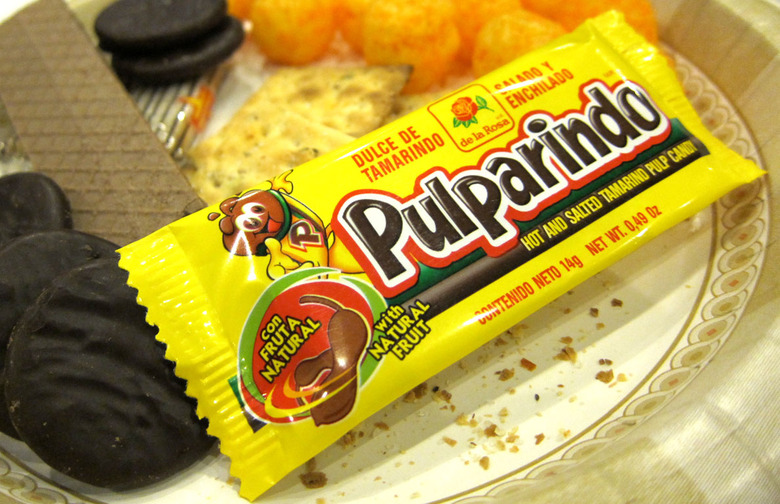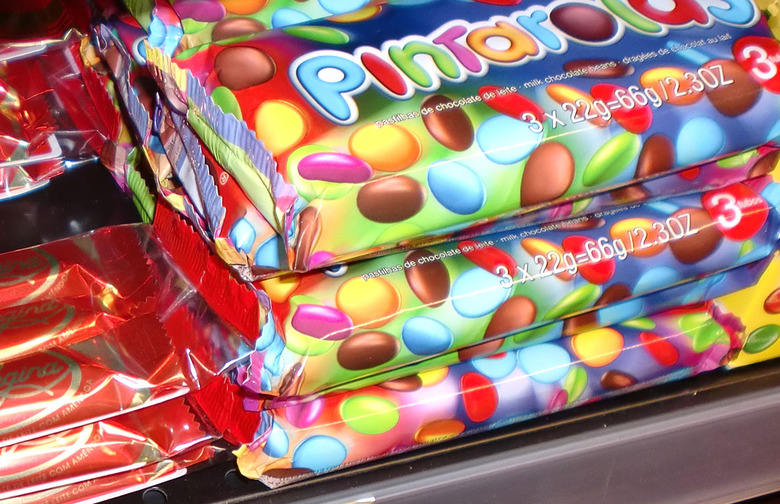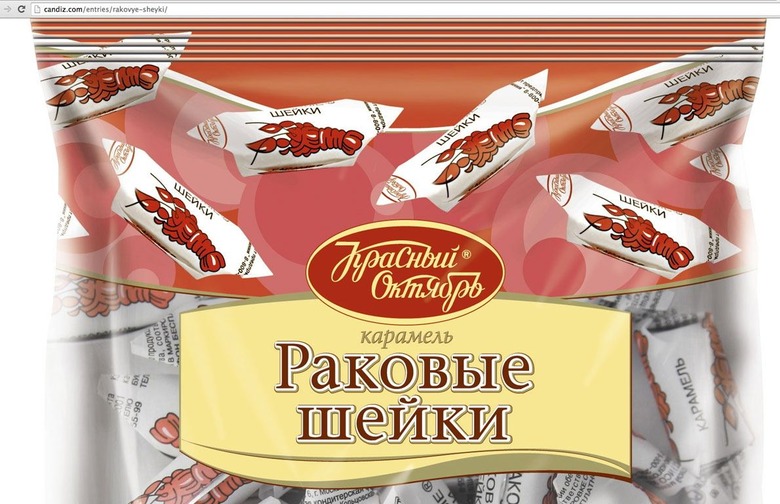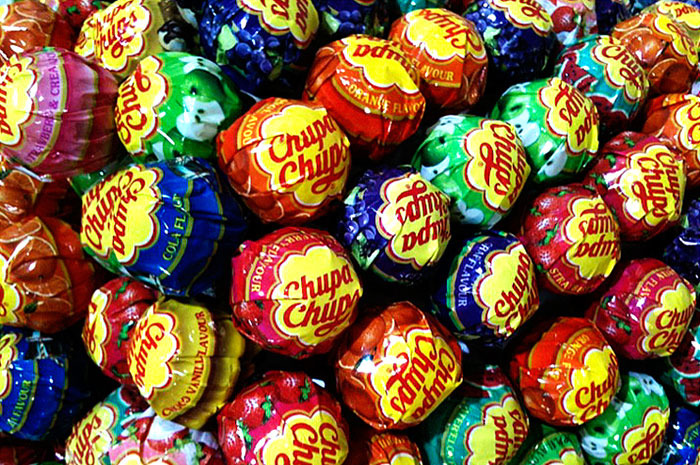Iconic Candy From Around The World
In the States we may love our Hershey Kisses, but head to Holland and you'll find the Dutch are devoted to black licorice.
Australia: Fantales
Fantales are the Aussie favorite of hard-yet-bitable caramel covered in chocolate. Individually wrapped in distinctive yellow and blue paper printed with movie star fun facts on them, they came onto the market in 1940s as a movie theater candy. They are just as popular today and were referenced in What It Means To Be Australian as the candy you can't eat alone; "Otherwise, who will you play the 'Who am I...' game with when you're reading the wrapper?"
China: White Rabbit
White Rabbit, created by the ABC Candy Factory of Shanghai in 1943, was one of the first milk-based domestically produced candies in China. Eat seven, the slogan says, and it's like drinking a cup of milk. Parents love the "nutrition" aspects of it, while kids love eating the creamy, chewy candy that comes wrapped in edible rice paper. Production was briefly halted in 2008 due to a milk contamination scare, but the manufacturer found a new milk supplier (from New Zealand). The candy was back in action before fans went through any serious withdrawal.
Germany: Gummi Bears
In today's times, if you told people that you invented a snack inspired by bears being held in captivity and trained to dance, chances are, your company wouldn't stand a chance. But in 1920s Germany, the idea was genius. Hans Riegel, who founded the Haribo candy company, loved the dancing bears at street festivals so much, he created an affordable, fruit-flavored gummy candy he called the Dancing Bear, which was followed by a mini version called Gold Bears in 1967. Today, we can only assume everyone from kids to dentists to progressive doctors love them.
Holland: Black Licorice
The Dutch love their black licorice. The Netherlands actually holds the record for consuming the highest amount of licorice per capita in the world, with each person eating more than four pounds per year. You'll find the stuff, referred to as drop, everywhere, in a variety of shapes, sizes, and tastes, from sweet to differing degrees of saltiness. Typical drop shapes are coins, kittens, and farmhouses. Disappointingly, there aren't any shaped like wooden shoes.
Italy: Pocket Coffee
Ferrero — the geniuses responsible for Nutella — are also the masterminds behind Pocket Coffee. Pocket Coffee can be found everywhere in Italy from supermarkets to cafes to tabacchi where locals pop in for a parking ticket and a handful of carameli. Pocket Coffee is a little nugget of luscious chocolate with oozing centers of real espresso. Take a bite and the liquid will literally dribble down your face. They're a popular Duty Free item, especially in summer months, when some retailers pull them from their shelves because of their tendency to melt in the heat.
Japan: Pocky
Pocky was first produced and sold to Japanese consumers in 1966. The chocolate-dipped biscuit sticks were a hit and Pocky breaks became something the company commonly referred to as an "experience". Today, pocky is available in many varieties, including strawberry, blueberry, sweet potato, melon, lychee, and countless others. Fans celebrate International Pocky Day and others have taken to YouTube to tell the world the right way to eat Pocky, because simply taking a bite would be silly.
Mexico: Pulparindo
Mexican candy celebrates the flavors of the country, much like the cuisine does. Hints of tamarind, spice, lime, and salt are not uncommon in Mexican candy. If you've ever visited as a tourist, you'd probably insist that Chiclets were the country's favorite candy. And while the square-shaped stuff has become the standard in chewing gum in Mexico, Pulparindo is the most iconic of the candy there. Pulparindo is candy made with the pulp of the tamarind fruit, salt, sugar, and chiles. Together, they create a sweet, salty, sour, and bitter chewable sticks that are sold loose, in bags (if you want to buy in bulk), and in traditional clay jars.
Portugal: Pintarolas
Upon first glance, these little gems look just like M&Ms. Look closer and you'll see that these "milk chocolate beans," which have been around since 1932, are actually part fruit, part chocolate. The candy coating holds a sweet fruity flavor, hinted at by the color, while the inside has a sweet, chocolaty center. So, they appeal to candy lovers that prefer chocolate and to those who like a bit of fruit flavor in their sweets.
Russia: Rakovyye Sheyki
Even though this iconic Russian treat's name is a variation on the words for "crawfish necks," the picture on the package is that of a lobster. Regardless of the crustacean confusion, the candy gets its name because of the hard outer shell and crumbly, nutty chocolate interior — not because it tastes like seafood. Easily found in Russian candy stores, this candy is hard to find in the States and is thus a common request of expats expecting a CARE package from their babushka.
Spain: Chupa Chups
Walk by a bunch of kids on the street in Spain and most will be enjoying Chupa Chups (those who aren't are begging their parents for one). They are the prototypical Spanish lollipop, Spain's answer to the Tootsie Pop (or the Dum-Dum, if the only candy you got was the free kind they gave away at the bank). Chupa Chups come in a variety of flavors, from tropical banana split to chocolate to cherry and more, each pop featuring not just one, but two flavors.
They are a Spanish staple beloved by everyone in the country with taste buds. Even Salvador Dali got in on the paleta love; he designed the pop's logo.
Sweden: Sur Skumfisk
